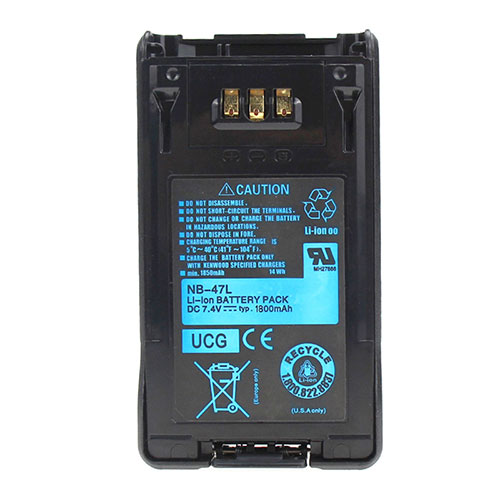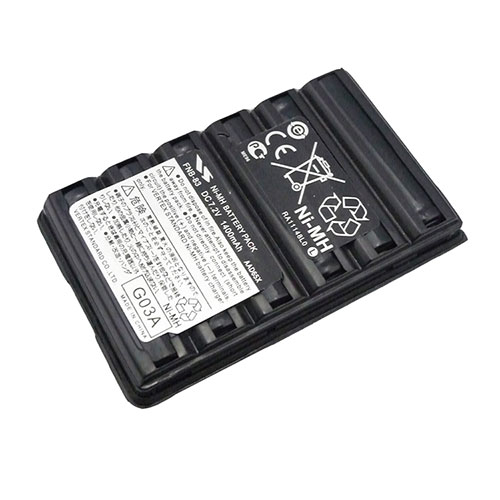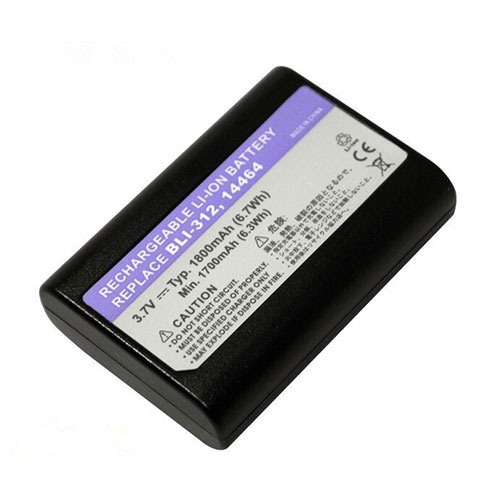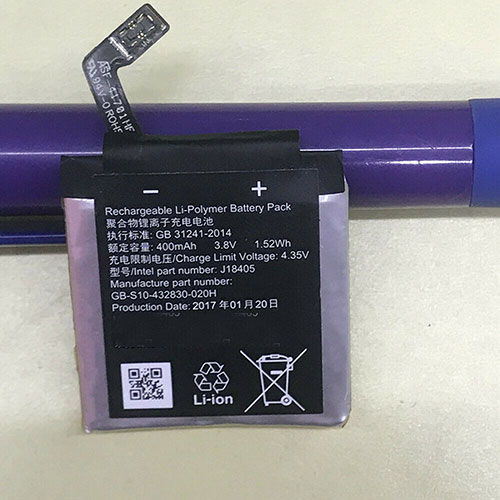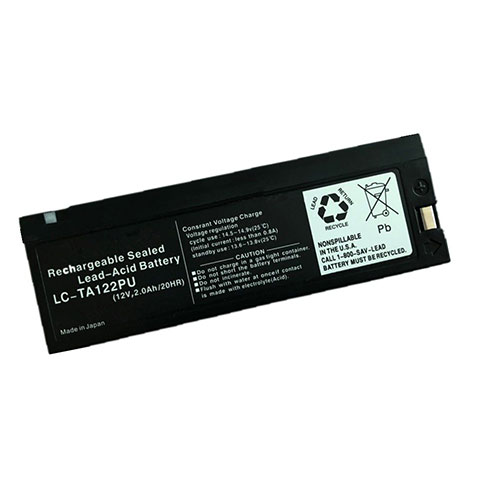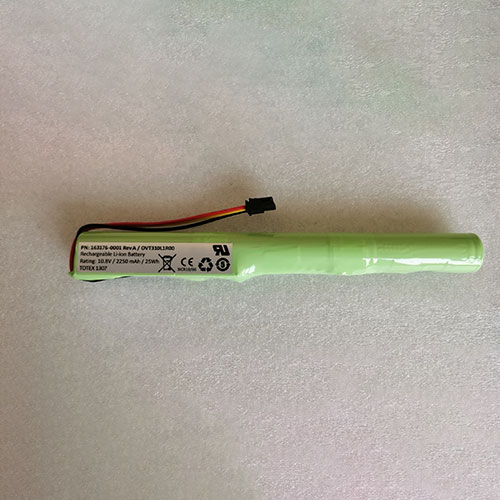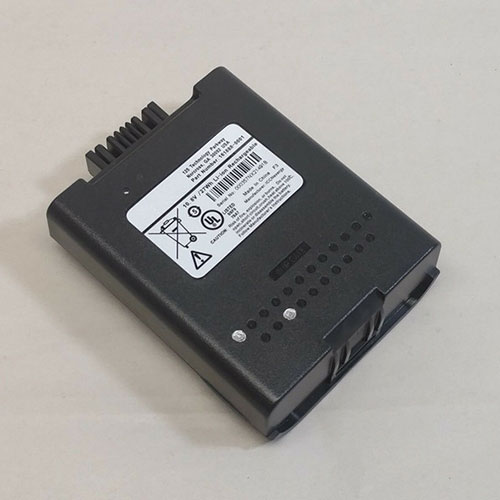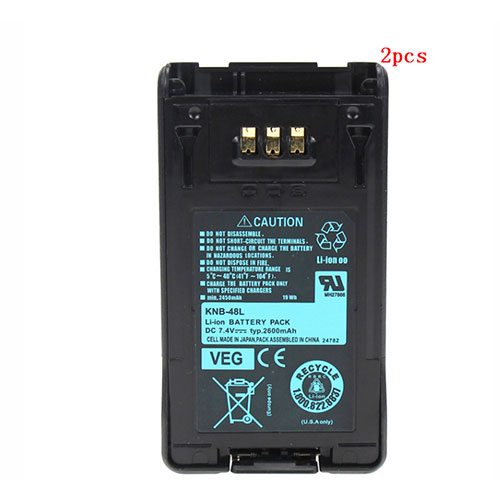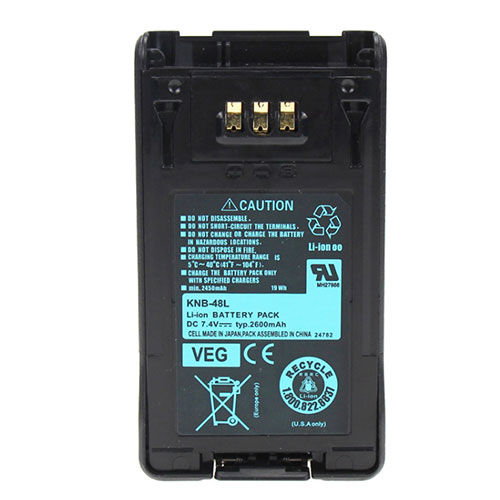By now, everyone with even the vaguest of interest in PC technology can tell you how much snappier solid state drives are than even the fastest of spinning disks of yesteryear. There have been some interesting wrinkles recently, like ultra-high speed drives that ride the PCI Express 4.0 bus, but in test after test, regardless of drive type, just having a modern SSD offers enough of a boost to make an older PC feel new again. Similarly, it's basically a necessity to slap an SSD like one of the ADATA drives we'll be showing you here, into a new system build to not make any big sacrifices in responsiveness.
Today, we're going to look at a pair of 1 TB SSDs from ADATA: the Swordfish and the Falcon. Both of these drives are 2280 M.2 gumsticks that use four lanes of PCI Express 3.0 connectivity. ADATA's Swordfish is priced for the mainstream, roughly on par with similarly-sized SATA SSDs, but with specs that leave those 2.5" drives in its wake. The Falcon is a slightly pricier drive that -- again, in terms of its specifications -- will leave budget SSDs behind. Without further ado, let's take a look at our two contenders.
ADATA's Swordfish and Falcon are a pair of M.2 2280 NVMe SSDs with controllers we haven't experienced before. Both drives are powered by Realtek NVMe controllers. The Swordfish features the RTS5766DL, which is a quad-channel controller with no DRAM cache. This is about as budget as NVMe SSD controllers get, and the low starting price of the drive reflects that. Despite its entry-level status the RTS5766DL, and by extension the Swordfish, supports native hardware-accelerated AES-256 encryption and SLC caching for writes.
The Swordfish comes in three capacities: 250 GB, 500 GB, or 1,000 GB (listed as 1 TB), though their formatted capacities are somewhat smaller. Our 1 TB model had 931 GB free after formatting, which is typical for drives in this capacity. The drive is pretty budget-conscious, too—the 250 GB model will set you back just $40 on Amazon, while the 500 GB is $65 and the 1 TB drive is just $115. This is right in line with some of the best premium SATA drives like the recently-reviewed Samsung SSD 870 QVO, but it should enjoy a nice performance advantage over any SATA drive due to the inherent advantages of the NVMe interface.
As we mentioned, ADATA's Falcon also has a Realtek controller, but this drive features the somewhat more upscale RTS5762DL. This controller supports eight channels and should therefore have much faster throughput, as the Falcon's specifications table states. Again there's no DRAM cache, but just like the lower-priced drive, the Falcon supports AES-256 and SLC write cache. The same Micron 3D TLC NAND is found on this drive, too.
The Falcon comes in slightly higher capacities than the Swordfish: 256 GB, 512 GB, 1,024 GB (a full 1 TB), and 2 TB. Despite this difference, our 1 TB model also has 931 GB free when formatted, with a slightly larger over-provisioning reserve for cells as they wear out. That's partially why this drive has a higher total bytes written spec, 1.2 petabytes to the Swordfish's 960 terabytes. Despite its much faster speed ratings, the Falcon won't break the bank, running $69.99 for 512 GB, $129.99 for a 1 TB drive, or $239.99 for the 2 TB model. All of these prices are a few bucks under what the Addlink S70 normally commands, and that drive has very similar specs. For example, the 1 TB S70 typically goes for $140 online, or $10 more than the Falcon.
Both of these ADATA drives also feature thin metal heat spreaders, and they're not just for show. The Swordfish and Falcon both get pretty warm to the touch after being stressed, and the metal shield definitely helps dissipate heat. There's also a thin cellophane sheet on the heat spreader, which definitely needs to come off before installing the drive. Many mid-range or high-end motherboards, such as the ASUS motherboard in our test system, have integrated heat spreaders for NVMe drives, which seems redundant in this case, but should further aid in managing excess heat in the drives.
ADATA Swordfish and Falcon Benchmarks
Under each test condition, the SSDs tested here were installed as secondary volumes in our testbed, with a separate drive used for the OS and benchmark installations. Our testbed's motherboard was updated with the latest BIOS available at the time of publication. We secure erased each SSD prior to testing (when applicable), and left them blank without partitions for some tests. Other benchmarks required the drives to be partitioned and formatted, as is the case with the ATTO, PCMark, and CrystalDiskMark tests. Windows firewall, automatic updates, and screen savers were all disabled before testing and Windows 10 Quiet Hours / Focus Assist was enabled.
First up, we used SiSoft SANDRA, the the System ANalyzer, Diagnostic and Reporting Assistant for some quick tests. The File System Test runs on a specified partition, so we ensured that the entire drive was dedicated to a single volume. Read and write performance metrics, along with the overall drive score, are detailed below.
SANDRA reports three scores: read, write, and an overall value represented as GB per second. In our write tests, the Swordfish finds itself as expected towards the bottom of the pack but still above the Addlink S70. A single test in, however, and the value of an NVMe drive already proves itself with transfer speeds twice that of SATA drives. For a mere $15 more, however, the Falcon acquits itself nicely with an average performance boost of around one third in both the read and write averages versus its lower-priced sibling.
ATTO is a "quick and dirty" type of disk benchmark that measures transfer speeds across a specific volume length which, like SANDRA, uses a formatted partition. It measures raw transfer rates for both reads and writes and graphs them out in an easily interpreted chart. We chose .5KB through 64MB transfer sizes and a queue depth of 6 over a total max volume length of 256MB. ATTO's workloads are sequential in nature and measure raw bandwidth, rather than I/O response time, access latency, etc.
ATTO shows how each drive copes with transfers of varying sizes all the way up to 64 MB, where at this point the drive should pretty well be maxed out in terms of read and write speeds. If we ignore the premium-priced PCIe 4.0 Sabrent Rocket 4.0, we see that the speedy Falcon hits, and even slightly exceeds, its theoretical read and write specifications once the transfer size hits 512 kB and hangs in with the similarly priced Corsair and Addlink drives. It doesn't really set itself apart, but it's certainly a viable option. The Swordfish also hits its performance targets, but those targets are much lower so it brings up the rear. It also reaches its peak much more quickly, at a file size of 32 kB. At that low file size and smaller, the two ADATA drives perform equally, and just a touch behind the others in our test.
The bigger an input or output operation is, the longer it takes and therefore the entire right side of each I/O graph is completely expected. By the time we hit 8 MB, all of our drives have dropped low enough in I/O count to make it appear they've flatlined when in fact they are still transferring bigger blocks of data more infrequently. On the Write graph, the other unexpected behavior is that these drives from ADATA struggle mightily to keep up. If you flip back to our Samsung SSD 870 QVO review, those write figures more closely align to SATA drives than NVMe storage.
On the other hand, the very slow start both drives get off to is very unusual, but they do abnormally well at 4 kB transactions, too. The good news is that 4 kB is the cluster size on an NTFS-formatted drive. It seems that ADATA has tuned these drives for the best performance at the 4 kB block size, another behavior shared with SATA SSDs rather than other NVMe devices.
Next up we ran the Compression Benchmark built-into AS SSD, an SSD specific benchmark being developed by Alex Intelligent Software. This test uses a progressively more compressible data set to blast data at the drive and read it back. If the drive can optimize its write speed using data compression, the result will be that more compressible loads write more quickly to the drive. We only graphed a small fraction of the data, at 1% compressible, 50% compressible, and 100% compressible data, but the details bear out that this trend is representative of the benchmark’s complete results.
We see very subtle shifts throughout this test with most of our drives. In the write tests, all of our drives performed roughly the same across the duration of the test. How compressible the data is didn't seem to affect how quickly the drive reads it. The read tests were a little more interesting for the Swordfish, though. The Falcon didn't seem to be fazed, and held very closely to the Corsair MP510 and Addlink S70, as it has done in every test so far. On the other hand, the Swordfish seems to get a performance boost with moderately compressible data. As we mentioned above, the drive basically followed the curve here, too. We don't read too much into it on this budget drive, though; even the slowest performance the Swordfish put up is twice as fast as the best SATA drives around, and the cost is roughly equal.
EFD Software's HD Tune is described on the company's website as such: "HD Tune is a hard disk utility with many functions. It can be used to measure the drive's performance, scan for errors, check the health status (S.M.A.R.T.), securely erase all data and much more." The latest version of the benchmark added temperature statistics and improved support for SSDs, among a few other updates and fixes.
HD Tune Pro's read tests gave us roughly what we expect. The Falcon is bunched tightly together with the Force MP510 and S70, and the Swordfish is still fairly close behind. Their read latency figures were right in line with their bandwidth. Even the burst rate results were right in the middle of the pack, where the premium Sabrent Rocket 4.0 turns in an unusually poor result.
The writes tests, on the other hand, were all over the map. The Falcon and Swordfish turned in questionable write throughput results that were less than half as fast as their contemporaries. When we get to the write latency results, we can see why. Both drives had access times nearly three times as long as any other drive on this test. We're talking about fractions of a millisecond, but over the course of several thousand—or even millions—of operations, that turns into really big blocks of time. We can see the direct result of that in the burst test, which returns write figures half of the other drives.
Both the Swordfish and the Falcon advertise SLC caching for improved write performance. We're not sure what the Falcon is doing, but it kept this kind of sawtooth performance throughout multiple runs, even after a Secure Erase in the ADATA SSD Toolbox and letting the system sit idle for 90 minutes. HD Tune uses the full capacity of a drive and requires the drive not be partitioned to run, so it's not a file system problem. ADATA told us that a firmware update for both drives would appear soon in the SSD Toolkit to address some performance oddities we've seen, but as of this publication, that hasn't happened yet.
CrystalDiskMark is a synthetic benchmark that tests both sequential and random small and mid-sized file transfers using incompressible data. It provides a quick look at best and worst case scenarios with regard to SSD performance, best case being larger sequential transfers and worse case being small, random transfers.
The sequential tests went quite nicely for all of the drives involved, including our ADATA test subjects. Both the Falcon and the Swordfish performed up to their theoretical maximum performance on the heavily threaded Q32 test. The Q1 test is much closer to the behavior of a typical client desktop scenario, though, and the drives still performed pretty much up to expectations.
In that test, the ADATA drives not only took a performance hit compared to their rated specifications, but could only muster performance of roughly one-third of their competition. This could be a result of the higher seek times we saw in HDTune Pro. Whatever the cause, we feel we can somewhat forgive the Swordfish considering its budget-level price and the relative performance of similarly-priced SATA drives, which is much lower still. It's disappointing for the Falcon, however, since its more premium pricing should exclude it from this kind of uneven performance. Even when all of the drives are handicapped by a low queue depth, the ADATA drives fall behind.
We like PCMark 10's new quick storage benchmark module for its real-world application measurement approach to testing. PCMark offers a trace-based measurement of system response times under various scripted workloads of traditional client / desktop system operation. Here, we used the Quick System Drive storage benchmark, which puts the drive through its paces in a scripted 20-minute run of several different disk-oriented tasks.
Once again, much higher latencies are the Swordfish and Falcon's Achilles' Heel. There appears to be a direct correlation between a latency nearly twice as high as any other drive and calculated bandwidth that's half as fast as the rest. These drives are definitely sufficient for a secondary drive for our Steam libraries or other game installs, but in this test of real-world system performance, they couldn't quite pass muster as boot volumes.
ADATA Swordfish and Falcon Review Summary and Verdict
The performance delivered by ADATA's Falcon was, for the most part, in line with other drives in its performance and price class. There were some surprises, however, that pushed the drive down to the lower end of the performance spectrum. When everything went well for the Falcon, it soared as expected, but when it faltered things didn't go quite as well. That's particularly true of the most real-world test in our suite, PCMark's Quick System Drive test. It turned in half the performance of the rest of the field due to its much higher latency.
The Swordfish struggled similarly in the same tests as the Falcon, but that's a budget drive where performance hiccups are more easily forgiven. Also working in the Swordfish's favor is that when the drive took a performance hit on a test, it still performed as well as the best SATA drives. That means that for the same price as a Samsung SSD 870 QVO, one can expect the same performance or better in an NVMe gumstick that happens to be in the same price bracket.
There might be some performance relief on the way, though. We asked ADATA about our test results, and the company's rep mentioned that a firmware update would be coming "soon" via the ADATA SSD Toolbox. As of publication time, however, that hasn't happened yet. We'll keep an eye on the situation, however, and follow up when there's more information. This is the first time we've tested a drive powered by Realtek, and although the controllers aren't exactly new, there could be some teething pains that need to be sorted out. ADATA was already aware of the issue when we asked, so we were glad to hear that a solution is in the works.
Overall, ADATA's Swordfish and Falcon represent pretty good values in NVMe solid state drives. From a cost per gigabyte perspective, the 1 TB Swordfish's $115 street price puts it at 11.5 cents per GB, so that drive in particular is one of the lowest-priced NVMe SSDs around. More importantly, this drive's performance places it ahead of similarly-priced SATA drives. In a vacuum, the Swordfish looks like a great evolutionary step down the chain towards NVMe price parity with SATA disks.
The Falcon is generally no slouch, either, and its $129.99 street price means the 1,024 GB version costs just 12.7 cents per GB. It's not all that much more expensive than the Swordfish, yet it consistently delivered much better performance than the slightly cheaper drive. Its asking price is still a bit less than the competition, but only by a smidge. WD's 1 TB Black SN750 retails for $135 on Amazon and the Addlink S70 on display in this review goes for $140. Midrange NVMe storage is a hotly contested market to say the least and the performance stumbles we encountered with the Falcon hurt its position.
We imagine the Swordfish will be popular with system integrators that need baseline performance to check that important NVMe SSD checkbox on their spec sheets. DIY builders might be better off putting a few extra bucks into a faster drive, and that's exactly what the Falcon represents, but only if the promised firmware update corrects the performance pitfalls we observed in our tests. The latency issues we saw mostly happened in synthetic benchmarks. However, that kind of lag issue will affect real-world system responsiveness, and that's exactly what PCMark saw in its tests.
In the end, ADATA's drives mix solid, if unremarkable, performance with a solid endurance rating and a five-year warranty. Add on top of that the lower than usual asking prices, and you've got a recipe for success. If you have a hard budget when building a PC, ADATA's drives—the Falcon, in particular—are worth checking out. On the other hand, if you're just looking for a big NVMe drive to host your favorite Steam games where system performance isn't on the line, the sequential read performance makes these a serious contender.
